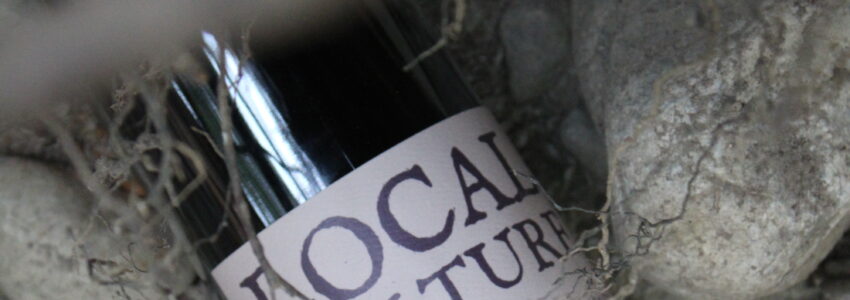Ferment to be Wild – Local Culture 2021 Cabernet Sauvignon

The inspiration behind the series from our Winemaker.
In a vintage like 2021, it’s easy to view Nature through an adversarial lens. She shows up with challenges that shift and intensify by the moment, and it takes some serious effort to stay ahead of it all. In the Finger Lakes, we encounter seasons like this with a bit more frequency than in other regions. The hours required are long and difficult, but those hours contain massive opportunities to learn and grow.
On a philosophical level, the job of a winemaker is more of a storyteller than anything else. We’re tasked with understanding and documenting the time, place, conditions, and spirit of a grape growing season, deliverable in a gustatory format. The winemaker’s role changes relative to the details of the vintage’s story. In stellar years like 2020, the winemaker narrates from 1000 feet. In difficult years like 2021, the narrative is first person.
Vintages like 2021 aren’t just an opportunity to put winemakers at the center of the story, they’re opportunities to make leveling up one of the story’s main themes. The natural challenges are many, but they’re equaled by chances to try out new techniques and mindsets. Put plainly, it’s fun to experiment while expectations are low.
Wet, underripe years like 2021 are challenging across the board, but they prove exceptionally difficult for Bordeaux varieties like Cabernet Sauvignon. When weather chases you off the vine, hallmarks of under ripeness like sharp acid and green veggie aromas don’t have a chance to work themselves out. Building texture and depth can feel all but impossible. This is exactly the sort of scenario where you try out new ideas. If you take a chance and fail, the ceiling wasn’t that high anyway. But if it pans out? That’s an especially gratifying triumph.
When this Cabernet Sauvignon arrived, we split the fermentation between multiple grape bins: some inoculated with commercial yeasts, others inoculated with our wild culture. In response to the lack of concentration we were tasting in the fruit that year, we opted to pull a hefty saignée: removing 50% of the juice from each fermentation to increase the skin contact for everything left behind. Through the fermentation and early in cellaring, we took an oxidative winemaking approach (regularly aerating and limiting the use of sulfite) in order to integrate underripe aromas and soften rough tannins. The wine was aged in oak for almost a year prior to bottling.
I’m really proud of this wine and what it says about our winemaking ethos. Despite difficult conditions, we used the 2021 vintage as an opportunity to get better. We added new skills to our toolkit and opened our minds to new possibilities. The challenges were outside our control, but we met them on our own terms and ended up with some really great wines to boot. This Cabernet Sauvignon is one of them.
